Settler Colonial Men’s Social Clubs in Early Calgary
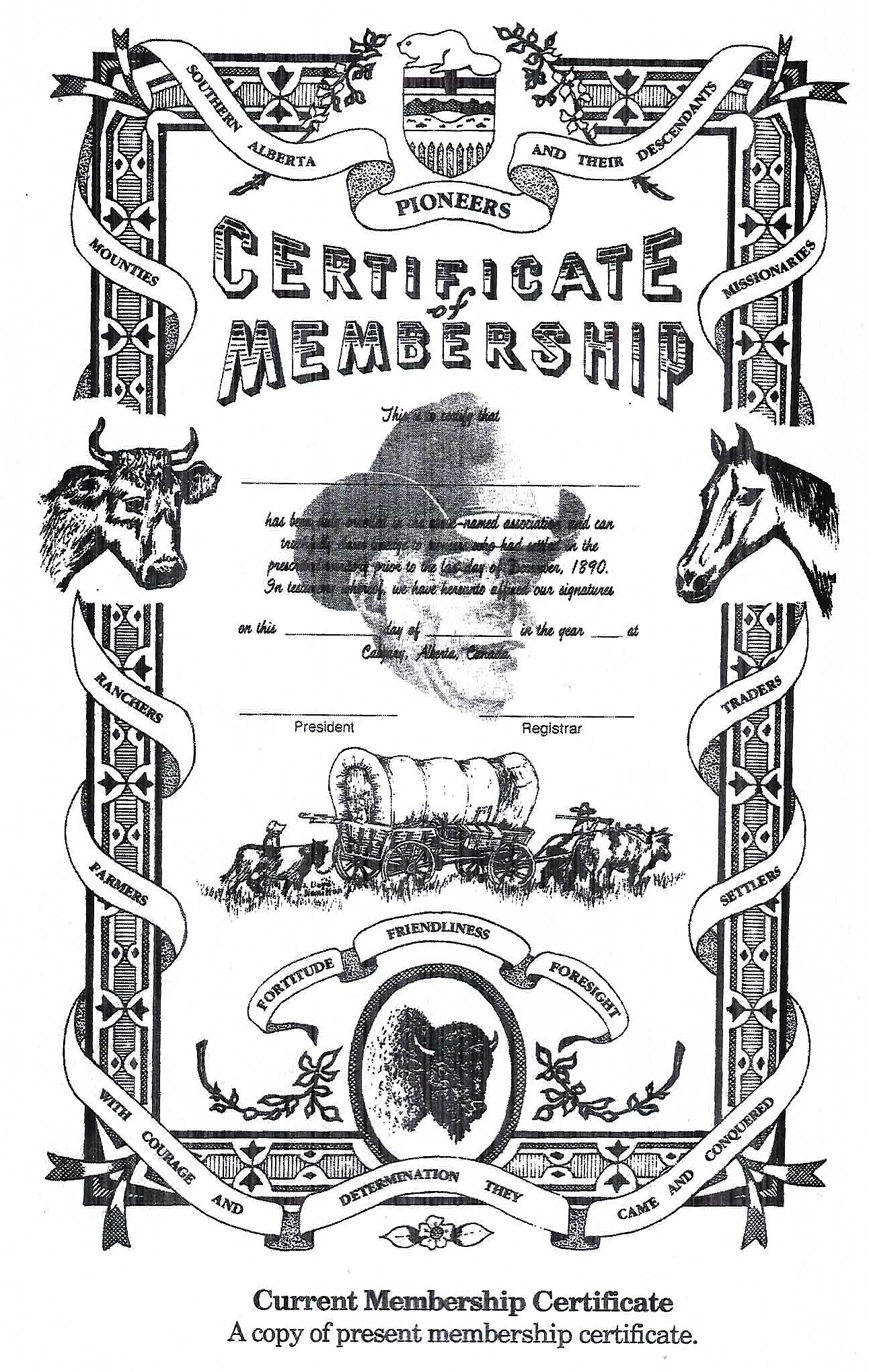
Written by Kay Burns
The first two posts of this blog series (see links below), which looked at early Calgary communities and social organizations in relation to Chinese and Black populations, led to some understanding of certain groups seeking solidarity and a sense of belonging within their community. White colonial settlers also formed organizations, often with a stated aim of benevolence as well as a desire for connection and belonging. However, groups formed by White settlers tended to function as exclusionary organizations that unwittingly forged power structures. The odd thing about the notion of belonging is that it can both construct and damage communities, perpetuating an “us and them” dynamic sustained by zealous belonging. Settler colonial groups often encompassed imperial underpinnings that functioned to drive a wedge between races and classes, generating an elitist hierarchy within the growing city.
In Calgary’s early settler colonial society, new arrivals from eastern Canada and Britain sought to become established in their new community as western Canada opened to settlement. Newcomers aspired to make connections among those they perceived as peers with similar social standing. Two groups, the Old Timers’ Association and the Ranchmen’s Club, are explored here in relation to men’s social organizations (women’s associations will be examined in a future post). James Lougheed, enterprising lawyer, businessman, real estate investor, and senator (1889 – 1925), was involved in the development of several of these groups.
The Calgary District Old Timers’ Association
The Calgary District Old Timers’ Association has been operating in some form from 1901 to the present day (now known as Southern Alberta Pioneers and their Descendants). As early colonial newcomers established their occupancy in the town of Calgary, validation of their stamina against the hardships of settlement was something they wanted to recognize, along with acknowledgement of their early arrival to this land to set them apart from settlers who arrived later.
The Old Timers inaugural meeting was held at the Royal Hotel in June 1901. At that meeting, Senator James Lougheed moved that those present would organize themselves into the Calgary District Old Timers’ Association. James Reilly, a local businessman and politician, was elected President. A committee of Messrs Van Wart, Brown, Smart, Lougheed, and Brett was appointed to act as officers and to draft a constitution and bylaws.[1] In 1901, membership was limited to men only who resided in the Calgary region prior to 1884. James Lougheed would have just qualified, given his arrival in 1883. It seems absurd that this group would label themselves as “old timers” for living here for only 17 years (1884-1901) and yet provide no recognition of the presence of Indigenous peoples who already occupied the land and had been thriving here for millennia.
In January 1922, the group evolved to become The Southern Alberta Pioneers’ and Old Timers’ Association and membership was expanded to men who resided in Alberta between Red Deer and the US border prior to 1890. The group’s historical documents, specifically the constitution and bylaws, indicate that one of their purposes was “to rescue from oblivion the memory of the early pioneers of Southern Alberta and to obtain and preserve narratives of their exploits, perils and adventures.”[2] An example of their membership certificate indicates “with courage and determination they came and conquered.” Use of the language ‘conquer’ indicates subjugation and dominance. In the Calgary Herald, members were described as the “Men who blazed the trail of civilization.”[3]
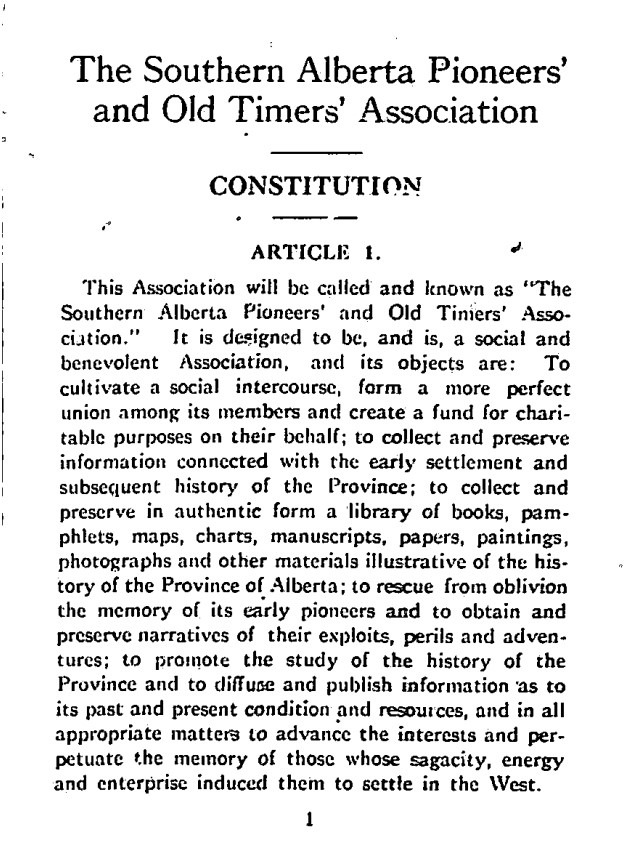
Constitution and By-Laws of the Southern Alberta Pioneers’ and Old Timers’ Association (page 1) | 1922

Sample membership certificate published by Southern Alberta Pioneers and their Descendants | 1993
Exclusions in the “Old Timers” group are noticeable. There are no Chinese members referenced within available records, nor Black members, even though there were Chinese and Black pioneers that helped form the region from the period the association claims to recognize. [4] The first group of Chinese pioneers arrived at least as early as 1883, and there have been Black people in Alberta since before the 1870s. Those who were officially recognized as pioneers and instrumental to the development of Calgary within the early Old Timers groups is telling, reflecting the settler colonial structures of the growing city.[5]
The Ranchmen’s Club
The Ranchmen’s Club was another influential group in early Calgary. Formed in 1891, The Ranchmen’s Club was based on tradition, prestige, and colonial origins. The history book created about the Club states that it is “the oldest continuing local institution in Calgary” and represents a landmark in the Canadian West.
“It is a remarkable fact of history that in a town of less than 4000 people, a gentlemen’s club of the British style should be organized and sustained by a handful of British Stock Colonials…. The Ranchmen’s Club was formed then by gentlemen to whom the British Club was an integral and unique way of life.”[6]
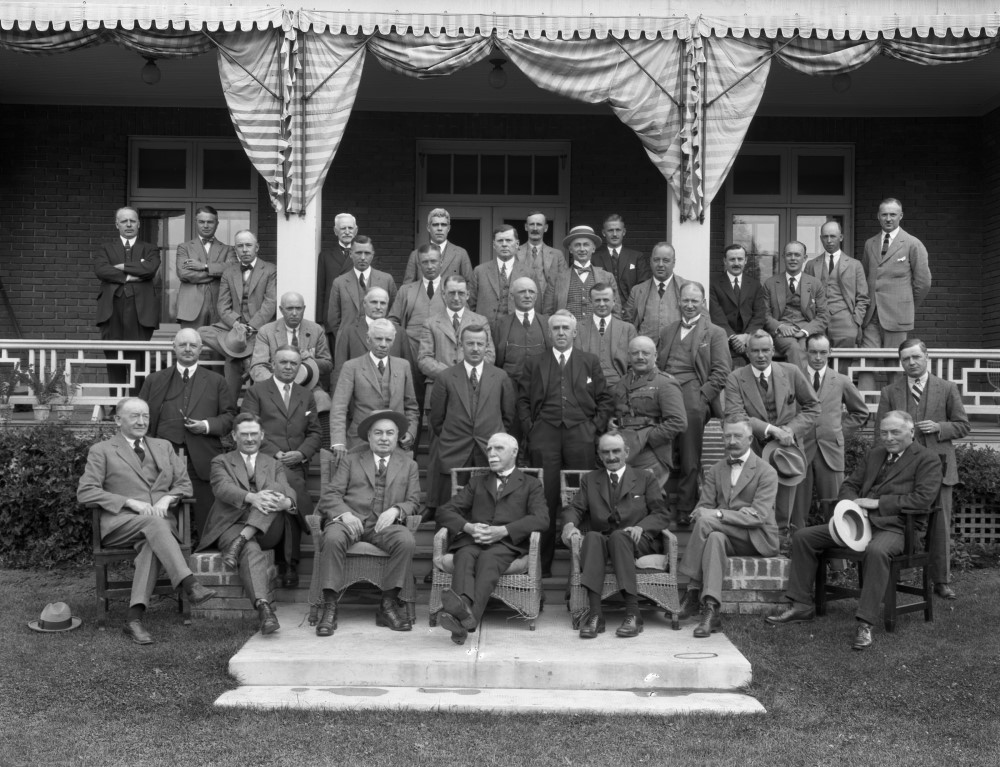
Members of the Ranchmen’s Club, Calgary (James Lougheed front row, far right) | 1925 | W.J. Oliver | Glenbow Archives ND-8-368
The Ranchmen’s Club has always been considered one of the most elite and influential clubs in Calgary. It was said that Calgary’s internal economic growth was guided from the offices of this club.[7] James Lougheed was one of the 46 original members. The Ranchmen’s Club, while it certainly had wealthy ranchers as members, wasn’t just limited to them. There were other senior executives also; but tradesmen and men in junior roles were not admitted.[8]
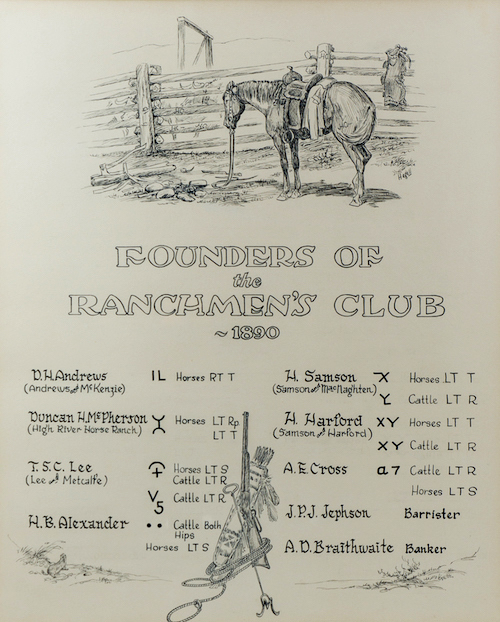
In 1937, the Ranchmen’s Club commissioned artist Edward Hagell to sketch the founders’ names and brands. For more, see https://ranchmensclub.com/timeline.
Building social and business connections through a wealthy, exclusionary, British-style club was a way for Senator Lougheed (and others) to sustain and increase their importance in the growing community of colonial settlers. The perception of prestige connected to Britain has some curious ramifications. James Lougheed was criticized within his political sphere for his “affected style of grandiose speech” and his “rich crusted, old English Stilton accent”. It is a questionable attribute, given that he was born in Brampton, Ontario and grew up in nearby Toronto. [9]
When the Ranchmen’s Club was seeking a new venue in 1912, James Lougheed arranged for the Club to purchase its current-day property on 13th Avenue. The new property was directly across the street from the Lougheed home, continuing to perpetuate the elite status of the neighbourhood once known as “millionaire’s row”.
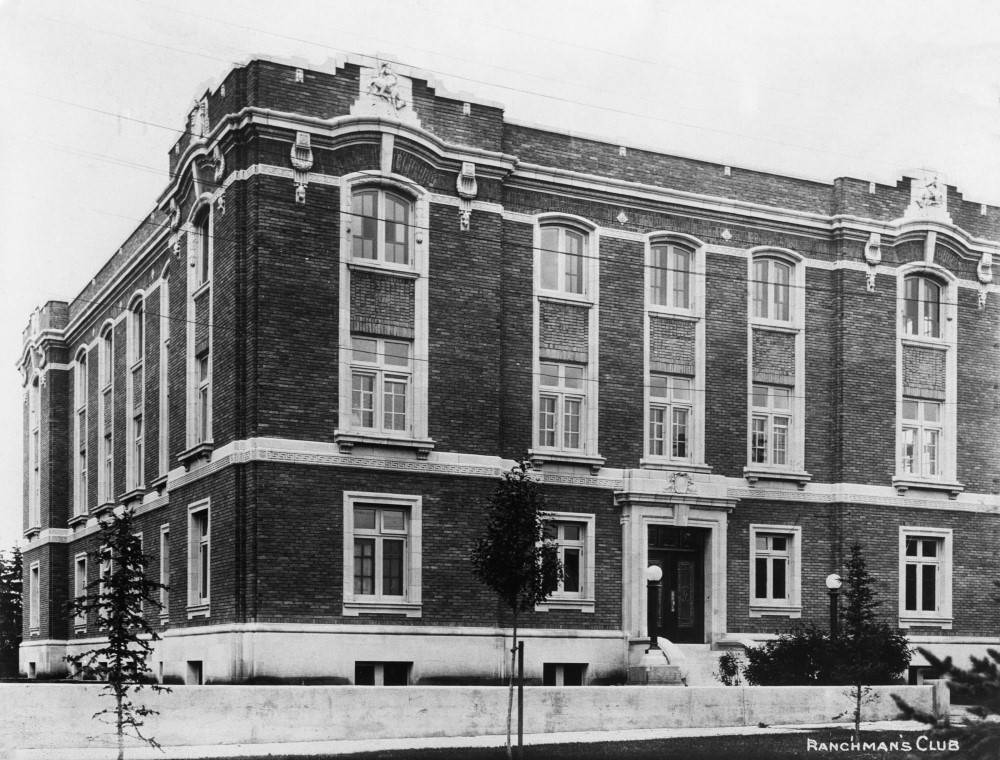
Ranchmen’s Club | 1914 | Unknown Photographer | Glenbow Archives NA-1469-6
British royals were welcome at the Ranchmen’s Club. Following a high-society garden party at the Lougheed home, His Royal Highness the Prince of Wales (later King Edward VIII) participated in a men’s only dinner across the road at the club. The dinner event led to some bewildering activity at Ranchmen’s that evening. Because the Prince of Wales had recently bought a ranch in the Alberta foothills and he had also been made an honorary chief of the Stoney Nakoda nation, the hosts at the dinner “decided to have a war dance…. the inebriated revellers built a bonfire in the foyer by the giant oak staircase, dabbed on war paint, and danced and hollered their way into club lore.”[10] While Indigenous people may not have been included or acknowledged in settler colonial organizations that were formed in early Calgary, apparently using stereotypes of their culture as entertainment was acceptable.

The Prince of Wales helping with the cattle roundup at the Bar-U Ranch near High River, Alberta | September 1919 | Library and Archives Canada, PA-022322
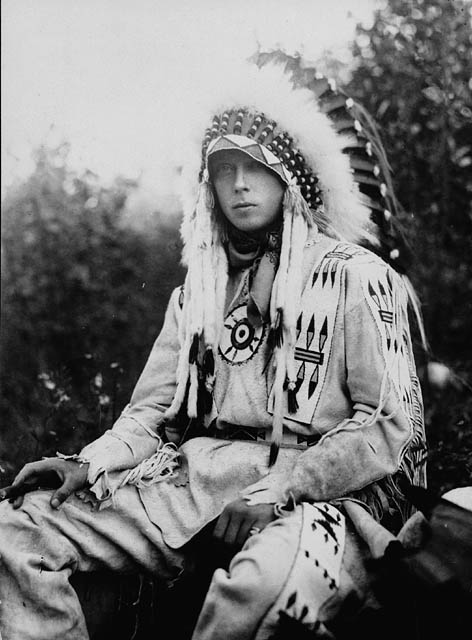
The Prince of Wales in full dress as Chief Morning Star of the Stoney Indians, Banff, Alberta | September 1919 | Arthur G. Doughty | Library and Archives Canada, PA-022267
***
Through this glimpse at both the Old Timers’ Association and the Ranchmen’s Club, it becomes evident that selective social organizations provided opportunity for colonial settlers to establish their assumed position as sophisticated and powerful citizens of the city. Different groups may have had varied constitutional intentions, but ultimately the result was exclusionary that separated classes and cultures through social strata. Men’s clubs formed by White colonial settlers contributed to and impelled the advancement and perpetuation of colonial structures inherent within Canada and in the growing city of Calgary. Groups that had formed within Chinese and Black communities had been striving to find ways for their members to become included and supported within a city where they were not welcome. While social groups in general were formed for people to gather based on shared interests and history, some groups were created to welcome people in, while others were meant to keep people out.
References
[1] Information obtained through email correspondence with Southern Alberta Pioneers and their Descendants.
[2] Constitution and By-Laws of the Southern Alberta Pioneers’ and Old Timers’ Association, 1922.
[3] Calgary Herald, “Real Alberta Pioneers Rally in Calgary, January 17, 1922.
[4] While the SAPD does not have documentation of a membership list from 1901, the Calgary Herald article of Dec 5, 1901 listed the names of the men present at the dinner (and of those who sent regrets).
[5] Although there is no evidence of Chinese or Black pioneers documented within early records about the group from 1901 or 1922 as indicated within available sources, there were racialized members recognized as pioneers in the listings compiled by SAPD in their book in 1993 and in their 2005 addendum.
[6] A Short History of the Ranchmen’s Club (A Light-Hearted Account), A Calgary Centennial Project, 1875-1975, ii.
[7] The Connaught-Beltline District: A Heritage Walking Tour, Planning & Building Department, City of Calgary, 1986, 15.
[8] A Short History of the Ranchmen’s Club (A Light-Hearted Account), A Calgary Centennial Project, 1875-1975, 20.
[9] Don Smith, Calgary’s Grand Story, University of Calgary Press, 2005, 62, quoting from The Eye Opener [1906]; H.F. Gadsby, “The Borden Cabinet – X. The Government Leader in the Senate,” The Canadian Liberal Monthly, July 1914, 123.
[10] The Great West before 1900, United Western Communications Ltd 1991, 205.
Other Links
Blog post March 21, 2022 – Racism and Resistance: Early Black History in Calgary and Alberta
Blog post February 1, 2022 – Early Calgary’s Chinese Community and Chinese Freemasons
We respect your privacy as per our Privacy Statement. We welcome your thoughtful and respectful comments, and your first name will appear with each submission. All comments will be moderated by Lougheed House before they appear on the site. We check for posts regularly and will respond as soon as we can. We do not guarantee that your comments will be published.
By submitting a comment, you accept that Lougheed House has the right to reproduce and publish that comment in whole or in part, in any form we choose. We do not endorse the opinions expressed in comments. Comments on this page are moderated according to our Submission Guidelines. Comments are welcome while open. We reserve the right to close comments at any time.
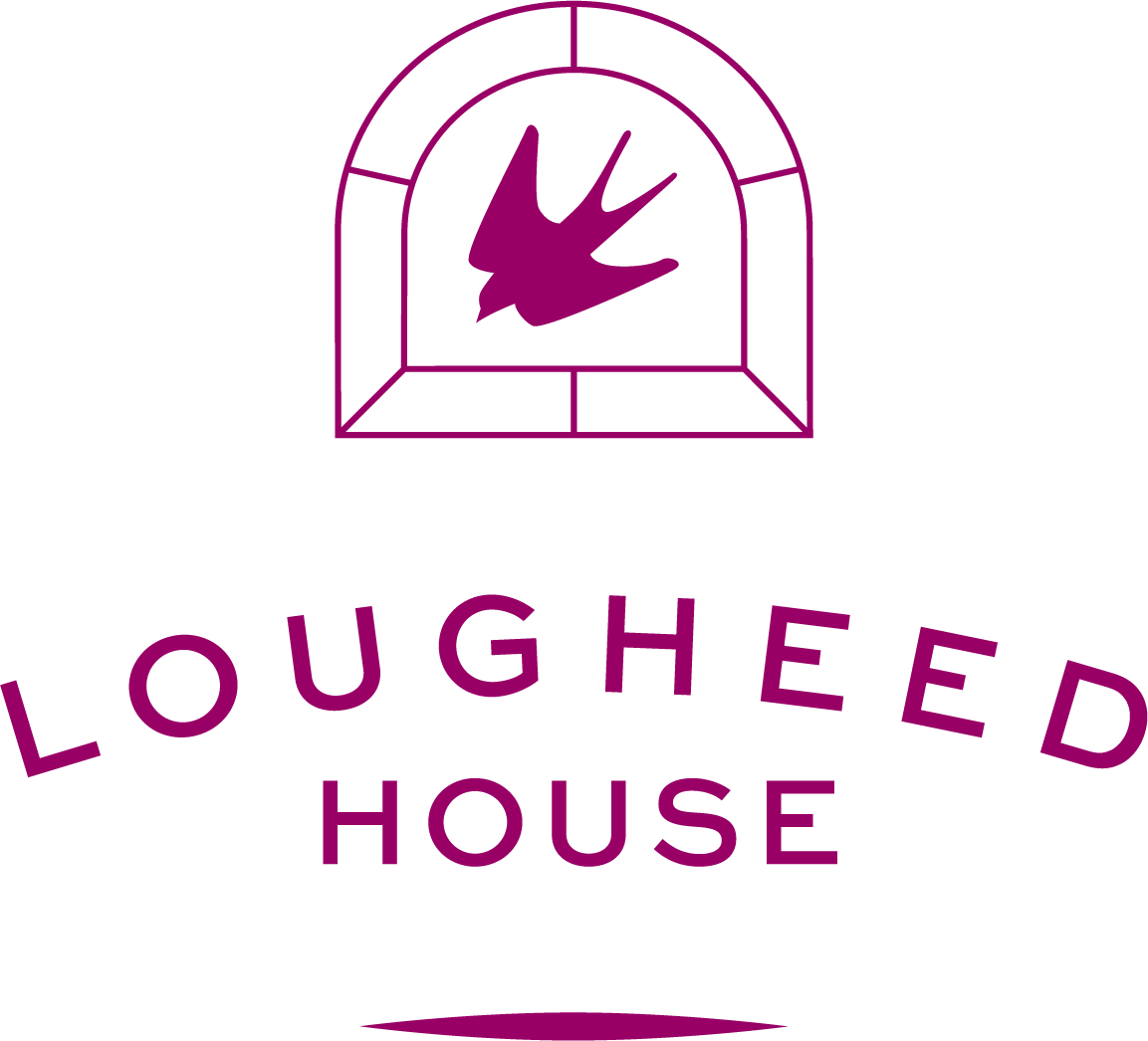
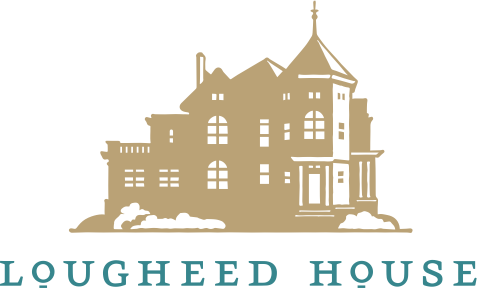
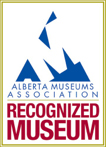
These blog posts are a welcome addition to the Lougheed House presence in Calgary, providing a very accessible and balanced look at our history. They also can inspire readers (me anyway) to learn more; available links to cited references are appreciated. Thank you!
Thank you for reading, Sandra! We always try our best to leave readers wanting to learn more.
Sorry my email
Hebertm@shaw.ca
Wow another great article! 10/10
Love your writing and research.
Would love to have a discussion with you about SAPD.
Thank you for all your work.
Marcel Hebert
Thank you for reading, Marcel! Kay can be contacted at Kburns(at)lougheedhouse(dot)com if you would like to chat more!